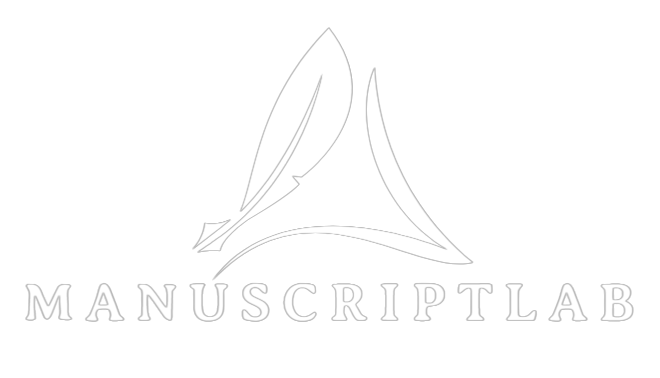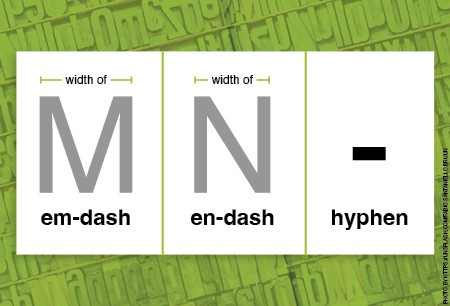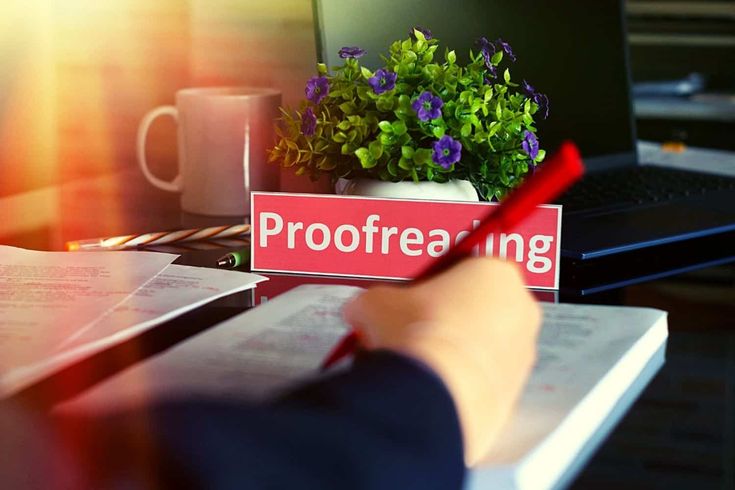Follow a Consistent Formatting Style
One of the most crucial elements of a polished dissertation is consistent formatting. Whether you are using APA, MLA, Chicago, or another style, make sure every aspect of your dissertation—from the title page to the bibliography—adheres strictly to the guidelines of your chosen style.
Why Formatting Matters
Consistent formatting helps your dissertation appear organized and professional. It also makes it easier for your readers (and committee members) to navigate your work and find specific sections. Discrepancies in formatting, such as inconsistent headings, margins, or citation styles, can be distracting and give the impression of carelessness.
Key Areas to Focus On
Title Page:
Ensure your title page follows the specific format required by your institution, including correct spacing, alignment, and information placement.
Headings and Subheadings:
Use consistent styles for each level of heading throughout your dissertation.
Page Numbers:
Double-check that page numbers are correctly placed and formatted.
Citations and References:
Follow the citation style guide meticulously. Inconsistent or incorrect citations can lead to plagiarism issues and lower your credibility.

Use High-Quality Fonts and Spacing
Choosing the right font and spacing can have a significant impact on the readability and overall appearance of your dissertation. While it might seem like a minor detail, these elements contribute to the first impression your dissertation makes.
Choosing the Right Font
Select a professional and legible font, such as Times New Roman, Arial, or Calibri. Fonts like these are standard in academic writing and are easy on the eyes. Stick to one font throughout your dissertation, except for instances where a different font might be required for tables or figures.
Proper Spacing
Typically, double-spacing is required for dissertations, but be sure to follow your institution’s guidelines. Adequate spacing improves readability and gives your document a cleaner look. Additionally, maintain consistent spacing between paragraphs, headings, and subheadings.
Create a Clear and Concise Table of Contents
A well-organized table of contents (TOC) is essential for guiding your readers through your dissertation. It provides a road-map for navigating the document and helps ensure that all sections are easily accessible.
Structuring Your Table of Contents
Your TOC should include all major sections and subsections, with corresponding page numbers. Ensure that the formatting of your TOC matches the rest of your dissertation, using the same font and spacing. Use indentation to differentiate between main sections and subsections clearly.
Automated TOC in Word Processors
Most word processors allow you to create an automated TOC, which updates as you make changes to your document. This feature not only saves time but also helps maintain consistency in your TOC. Be sure to double-check that the TOC accurately reflects the content and structure of your dissertation.
Proofread and Edit Thoroughly
Proofreading and editing are critical steps in the dissertation-writing process. Even the most well-researched and well-written dissertation can be undermined by typos, grammatical errors, and awkward phrasing.
The Importance of Proofreading
Proofreading ensures that your dissertation is free from errors that can distract or confuse your readers. Common issues to look for include:
- Spelling mistakes
- Grammatical errors
- Inconsistent verb tenses
- Incorrect punctuation
- Run-on sentences
Tips for Effective Proofreading
Take a Break:
After finishing your dissertation, take a break before you start proofreading. A fresh perspective can help you spot errors more easily.
Read Aloud:
Reading your dissertation aloud can help you identify awkward phrasing and areas that need improvement.
Use Tools:
Utilize tools like Grammarly or Hemingway to catch grammatical errors and enhance readability.
Seek a Second Opinion:
Having a peer or professional editor review your dissertation can provide valuable feedback and help catch errors you might have missed.
Incorporate Visuals and Tables Effectively
Visuals such as charts, graphs, and tables can enhance your dissertation by providing a clear representation of data and supporting your arguments. However, they must be used effectively and integrated seamlessly into your document.
Choosing the Right Visuals
Ensure that any visuals you include are directly relevant to your research and add value to your dissertation. Each visual should be clearly labeled and referenced in the text. Avoid overloading your dissertation with too many visuals, as this can detract from the narrative.
Proper Placement and Formatting
Place visuals close to the corresponding text that references them. This placement makes it easier for readers to understand the context and relevance of the visual. Additionally, make sure that your visuals are consistently formatted, with appropriate titles, captions, and numbering.
Accessibility Considerations
Ensure that your visuals are accessible to all readers, including those with visual impairments. This might involve providing alternative text descriptions or ensuring that color-coded data is distinguishable by shape or pattern as well.
Write a Strong Introduction and Conclusion
The introduction and conclusion of your dissertation are crucial sections that frame your research and leave a lasting impression on your readers. These sections should be well-crafted, concise, and engaging.
Crafting an Engaging Introduction
Your introduction should provide a clear overview of your research topic, objectives, and significance. It should capture your readers’ attention and set the stage for the rest of your dissertation. Be sure to include:
Background Information:
Provide context for your research by discussing the existing literature and highlighting gaps your study addresses.
Research Objectives:
Clearly state your research questions or hypotheses.
Scope and Limitations:
Outline the scope of your research and any limitations that might impact your findings.
Concluding with Impact
Your conclusion should summarize your key findings, discuss their implications, and suggest areas for future research. A strong conclusion reinforces the significance of your research and leaves a lasting impression on your readers. Avoid introducing new information in the conclusion; instead, focus on synthesizing and reflecting on your work.
Include Properly Formatted Citations and References
Citations and references are critical components of your dissertation, demonstrating the depth of your research and giving credit to the original authors of the sources you used.
Following Citation Guidelines
Adhere strictly to the citation style required by your institution. Whether you are using APA, MLA, Chicago, or another style, ensure that your in-text citations and reference list are correctly formatted. This includes:
Consistency:
Use the same citation style throughout your dissertation.
Accuracy:
Double-check that all cited sources are included in your reference list and that all references are cited in the text.
Attention to Detail:
Pay close attention to the specific formatting rules for each citation style, such as punctuation, capitalization, and order of information.
Using Reference Management Tools
Consider using reference management tools like EndNote, Zotero, or Mendeley to organize your references and generate citations. These tools can help ensure accuracy and consistency while saving you time.
Seek Feedback and Revise
Receiving feedback from others is an invaluable part of the dissertation-writing process. Feedback can provide new insights, identify areas for improvement, and help you refine your work.
Seeking Feedback
Share your dissertation with trusted peers, mentors, or academic advisors who can provide constructive feedback. Be open to criticism and willing to make revisions based on the feedback you receive. Consider organizing a feedback session where you can discuss specific sections or issues in detail.
Revising Your Dissertation
Use the feedback you receive to make targeted revisions. Focus on areas where multiple reviewers identified similar issues, as these are likely areas where your dissertation needs improvement. Revision is not just about fixing mistakes; it’s an opportunity to refine your arguments, clarify your writing, and enhance the overall quality of your dissertation.
Conclusion
Polishing your dissertation is a crucial step in the journey toward earning your degree. By following these eight easy tips, you can ensure that your dissertation looks professional, is easy to read, and meets the high standards expected in academic writing. Remember, the presentation of your dissertation is just as important as its content. A well-presented dissertation reflects the hard work and dedication you’ve put into your research and sets the stage for a successful defense.
Bonus Tip: Keep Backups
Finally, always keep multiple backups of your dissertation, both in digital and hard copy formats. Losing your work due to a technical glitch or other unforeseen circumstances can be devastating, so ensure you have copies saved in different locations.












